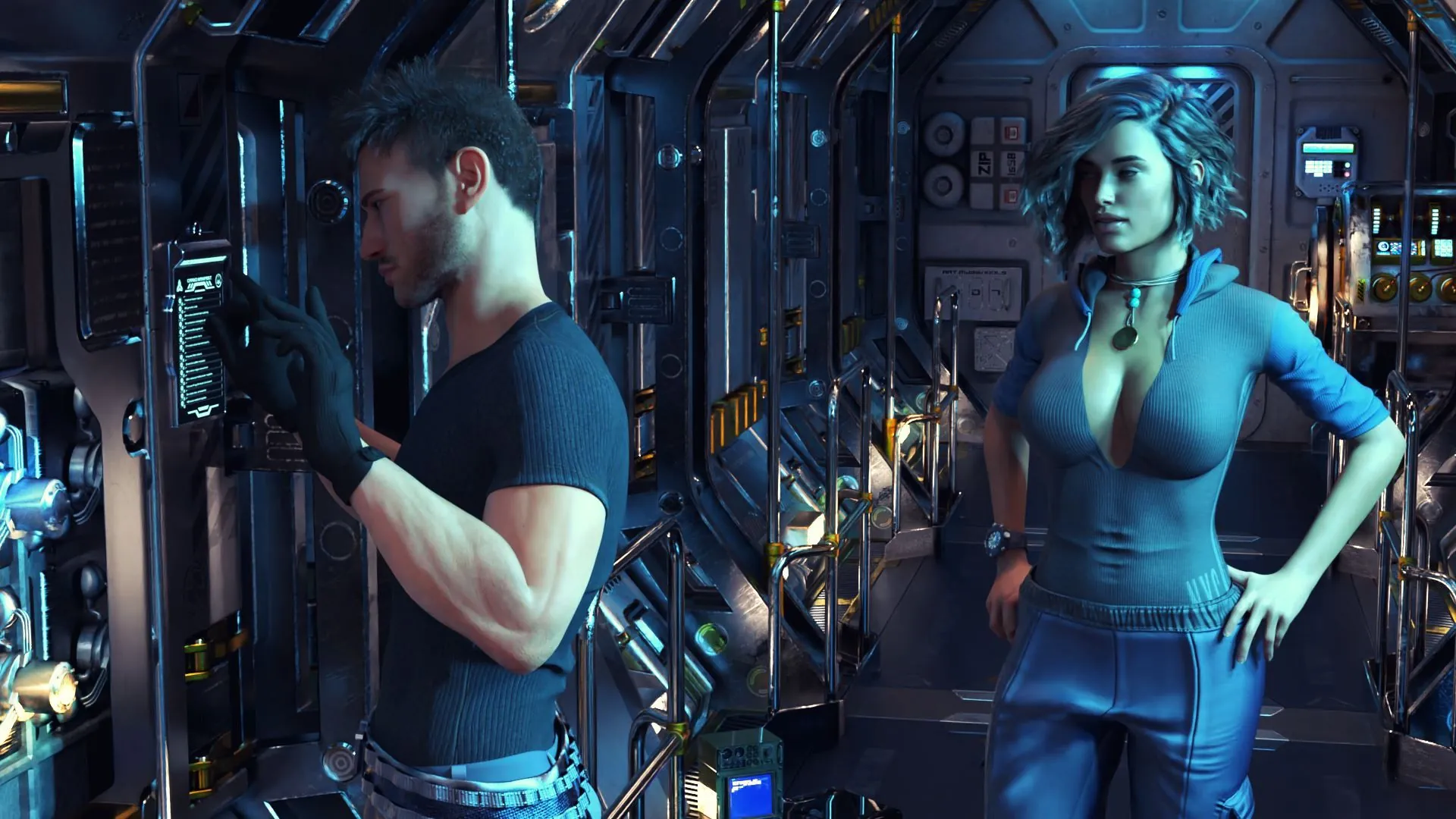
Artemis
Play Artemis
Artemis review
Explore Gameplay, Features, and Player Insights of Artemis
Artemis is a unique interactive game that has captured the attention of many players looking for an immersive experience. This article dives into the core aspects of Artemis, exploring its gameplay mechanics, character development, and what makes it stand out. Whether you’re new to Artemis or looking to deepen your understanding, this guide provides a comprehensive look at the game’s features and player perspectives.
Understanding Artemis: Gameplay and Mechanics
Ever sat around with friends, desperately wanting to play a game together but stuck arguing over which one to choose? 🤔 One person wants a deep strategy game, another just wants to shoot things, and you’re all just trying to have a shared, memorable experience. I’ve been there more times than I can count. Then, a friend introduced us to Artemis, and it completely changed our game nights. It’s not just a game; it’s an event. This Artemis game overview will dive into what makes this spaceship bridge simulator so uniquely captivating.
### What is Artemis? An Overview 🚀
At its heart, Artemis is a cooperative spaceship bridge simulator. Imagine you and up to five friends are the command crew of a starship, each person manning a dedicated station like Helm, Weapons, or Engineering. Your goal? Work together to complete missions, explore sectors, and survive encounters in a vast, often hostile, universe. 🌌
It’s a brilliant blend of genres, but calling it just a “game” feels insufficient. It’s more of a social simulation that uses gaming as its medium. The unique selling point isn’t fancy graphics or a sprawling open world—it’s the raw, unfiltered teamwork it demands. The player experience Artemis delivers is built entirely on communication, coordination, and the occasional hilarious miscommunication that leads to catastrophic failure. 😂 My first time playing, I was on Communications, and I accidentally accepted a surrender from a ship we were about to destroy, much to the Weapons officer’s fury. Moments like that are what you remember.
This Artemis game overview wouldn’t be complete without stating its pure, unadulterated focus on cooperative play. It’s you and your crew against the cosmos, and that is its greatest strength.
### Core Gameplay Features ⭐
The magic of Artemis lies in its structure. The game is designed to be played on a local network, with one computer acting as the main server (showing the external view of the ship) and others connecting as client stations. This setup is fundamental to the Artemis gameplay mechanics.
Each station has a specific, vital role:
* Helm: Pilots the ship. You’re responsible for speed, direction, and not flying into asteroids. 🧭
* Weapons: Controls energy allocation to weapons, locks onto targets, and fires everything from standard beams to nukes. 💥
* Engineering: Manages power distribution between systems (shields, weapons, engines) and performs critical repairs.
* Science: Uses long-range scanners to identify objects, analyze enemy vessels for weak points, and provides data for the Weapons station.
* Communications: Handles all incoming and outgoing messages with other ships and space stations, which can be crucial for completing missions.
* Captain: The only person who doesn’t have a dedicated screen. Their job is to command, make strategic decisions, and coordinate the flow of information. It’s a role that requires a clear head and a loud voice!
The unique game features Artemis boasts are all about this division of labor. Information is intentionally siloed; the Weapons officer can’t see what Science is scanning unless Science tells them. This forces Artemis game interaction through voice communication. You’re not just playing a game; you’re shouting “More power to forward shields!” and “I need a target lock on that battleship, now!”
To help visualize the core roles and their functions, here’s a breakdown:
| Station Role | Primary Function | Key Control / Action |
|---|---|---|
| Captain | Strategic Command & Coordination | Gives orders, makes final decisions |
| Helm | Navigation & Piloting | Sets thrusters, warp speed, and heading |
| Weapons | Offensive & Defensive Systems | Allocates energy, locks targets, fires weapons |
| Engineering | Power Management & Repair | Distributes energy, cools systems, fixes damage |
| Science | Long-Range Analysis & Scanning | Identifies objects, analyzes enemy vessels |
| Communications | Diplomacy & Information | Hails ships, receives missions, negotiates |
This table shows how the Artemis gameplay mechanics are built around specialized tasks that must unite to form a cohesive whole. 🧩
### Player Interaction and Controls 🎮
Figuring out how to play Artemis is a journey in itself, and it starts with the controls. The interactive game controls are designed to feel authentic to each station, often mimicking the interfaces you’d see in classic sci-fi. They are dense, full of buttons, sliders, and readouts, which can be intimidating at first but incredibly satisfying to master.
Let’s take the Weapons station as an example. Your screen isn’t a simple targeting reticle. You have sliders to shunt energy between beam weapons and missiles, buttons to lock different types of ordnance, and a separate panel to activate and direct your defensive drones. You’re not just aiming and shooting; you’re managing a complex weapons system under pressure.
This design philosophy extends to every station. The Engineering console is a web of power conduits and system status bars. The Science station is a radar screen filled with cryptic icons you must learn to interpret. This complexity is intentional—it creates experts. After a few sessions, your friend becomes the Chief Engineer, barking orders about coolant levels and diverting power.
The true player experience Artemis creates is born from this interface. Because the controls are complex and the information is localized, you are forced to interact. The Artemis game interaction is almost entirely player-to-player, not just player-to-game. You’ll find yourself yelling across the room, “I need more power!” and the Engineer will shout back, “I’m giving you all she’s got!” It’s these emergent, unscripted moments of drama and triumph that you simply can’t get in any other game.
My best piece of advice for mastering how to play Artemis? Embrace the chaos. Your first mission will likely end in a fiery explosion because someone misheard a command or forgot to power the shields. And you’ll laugh harder than you have in ages. Then, you’ll immediately want to try again, to do better as a crew. That relentless drive to improve your teamwork is the soul of the game. It’s not about winning; it’s about the story you create together on the bridge of your starship. ✨
Artemis offers a distinctive gaming experience through its engaging mechanics and player-driven interactions. Understanding its gameplay and features can greatly enhance enjoyment and mastery of the game. Whether you’re just starting or looking to refine your skills, exploring Artemis in depth opens up new ways to appreciate its design and storytelling. Dive in and experience Artemis for yourself to see what makes it a standout title.









































